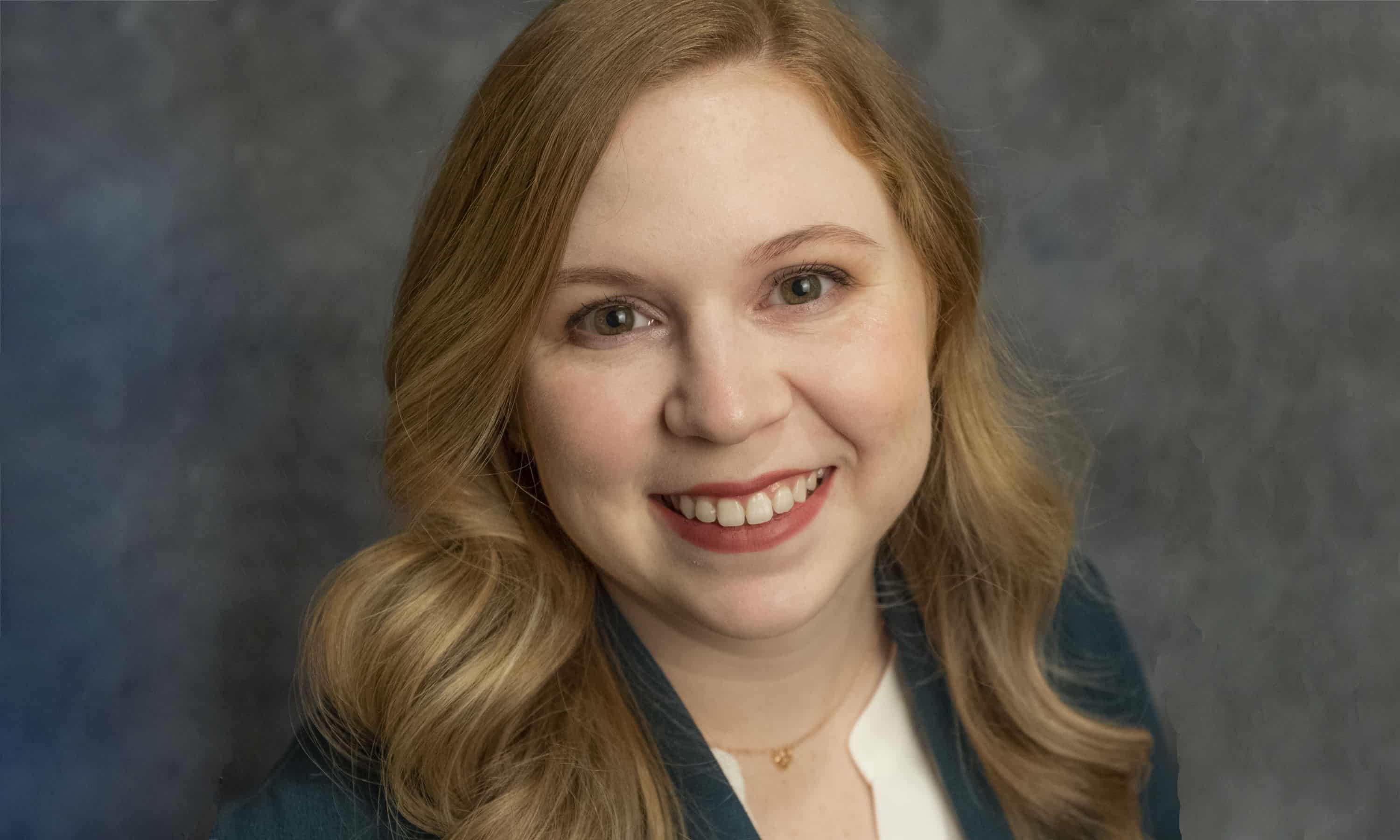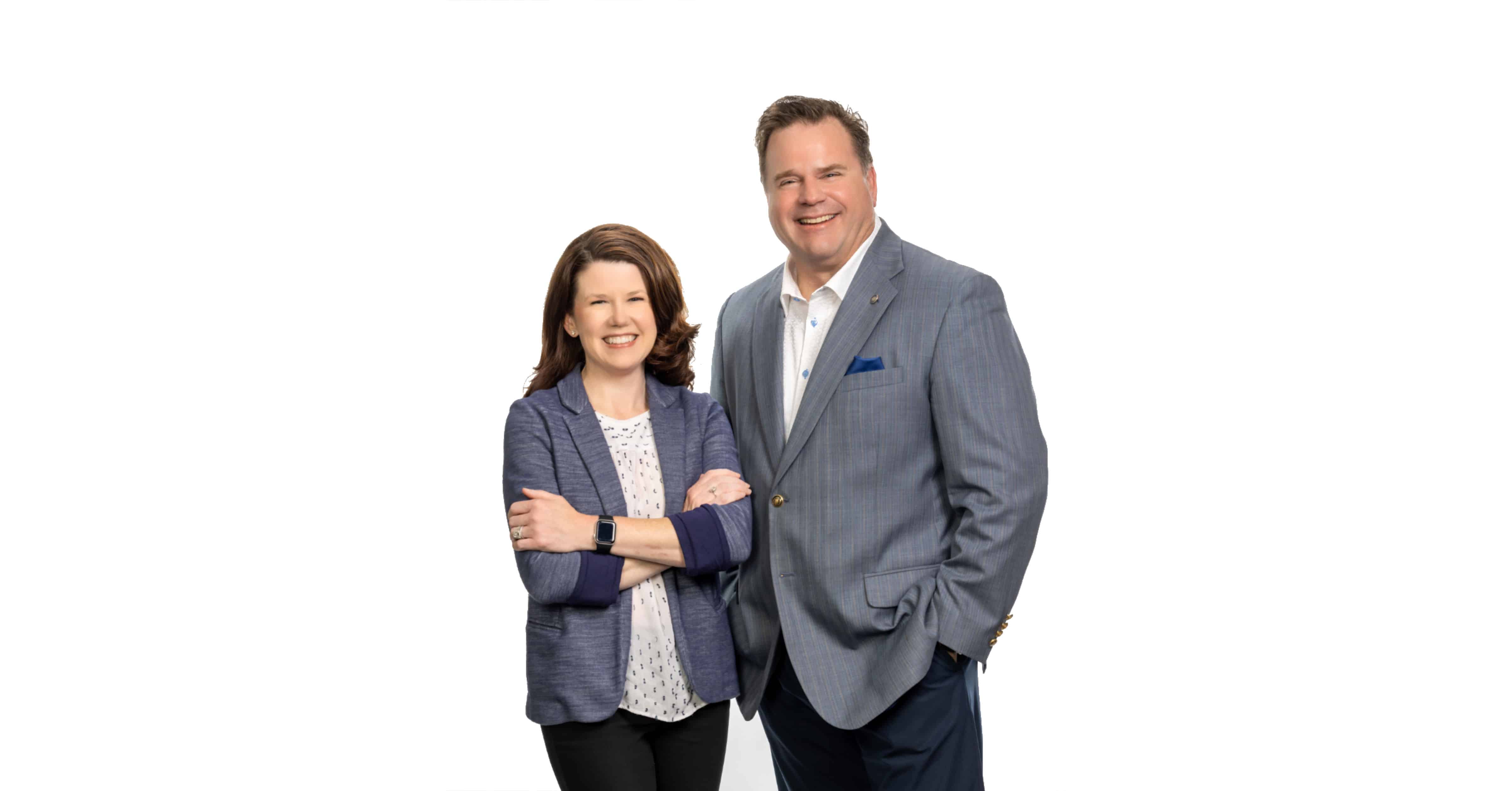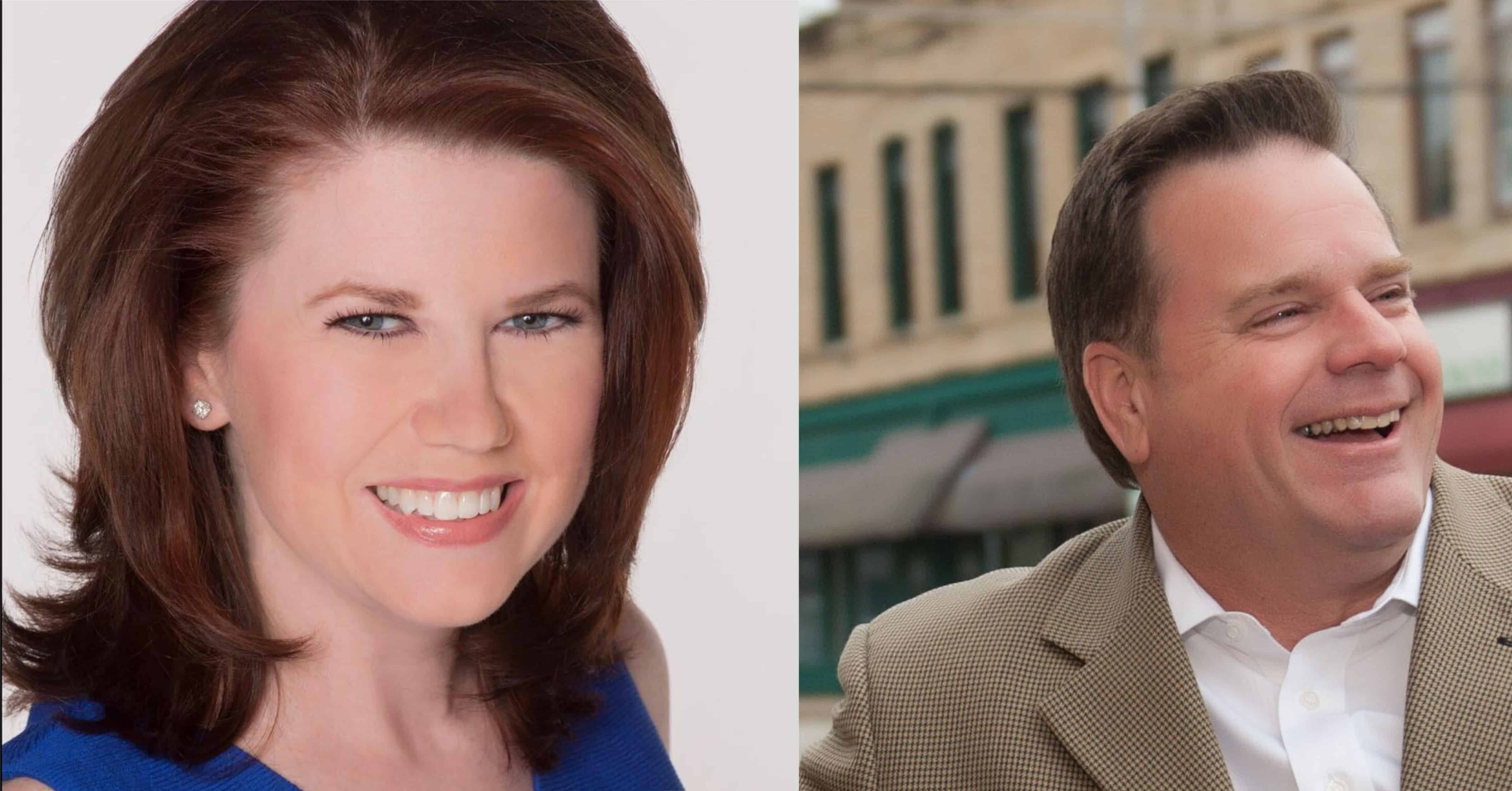Many millennials, wrongly. get a bad reputation for “ruining” everything. One of the acts we have been blamed for is ruining the traditions and norms for starting a family. However, there are many reasons why millennials are starting families later in life than previous generations. In a previous article, I wrote about the cost of higher education and how it compares to wages in the United States. In that article I discussed how tuition and the cost of goods rise nearly every year, but average wages stay the same and, in most cases, don’t keep up with inflation. One factor that weighs mightily, as one of the primary reasons my generation delays starting a family until later in their twenties, or even their thirties, is money.
Starting a family can be difficult from the start. In this age where everything is digital, dating can be difficult for some. It seems to become more difficult to meet people unless you are matching on a dating app, but dating apps aren’t ideal for everyone. This is one reason that millennials are finding significant others and starting from point A later in life than previous generations. Weddings can be really cheap, but they can also be really expensive and for those that wish to have a big wedding, the money can be a set back and delay the process. This can delay everything that follows, including having children. Children are also very expensive and many millennials will opt to find the perfect time, though everyone will tell you the timing is never perfect, when they have a stable cash flow which can come later in life because of low wages in starting jobs with or without a college degree
Another reason that millennials may wait to start a family is school. Juggling a child and attending college can be difficult for many people, but the money factor also ties back into this equation. Oftentimes you will note that millennials will wait until they have finished school to even consider having a child and starting a family. You may also find that millennials may not hold a desire to have children. This can also be for many reasons which are personal to those individuals, but in passing, I have met couples that wish to travel more in life which could be difficult with children. Some have concerns about the state of the world and do not wish to bring a child into it.
On top of everything, we are now dealing with COVID-19. Pregnant women are on the high-risk list and have been from the start because scientists and doctors are not sure what the long-term effects could be on an expectant mother and the child. This can be scary when starting a family or even adding to one, so out of an abundance of caution for their future many people are opting to hold off on having children at this time.
At the end of the day, it is important to remember that everyone, no matter their generation, has their own reasons for why they do the things they do or don’t do. Times change as do ethics and even if something isn’t done exactly the way it used to be that doesn’t mean that the younger generations are ruining anything. Regardless of the reason they have, that choice is their own and there is nothing wrong with that. The liberties exhibited by millennials are those they learned from their ancestors – you. I would say, with great modesty, the millennial generation will build the future of this country and make their lineage proud.






















